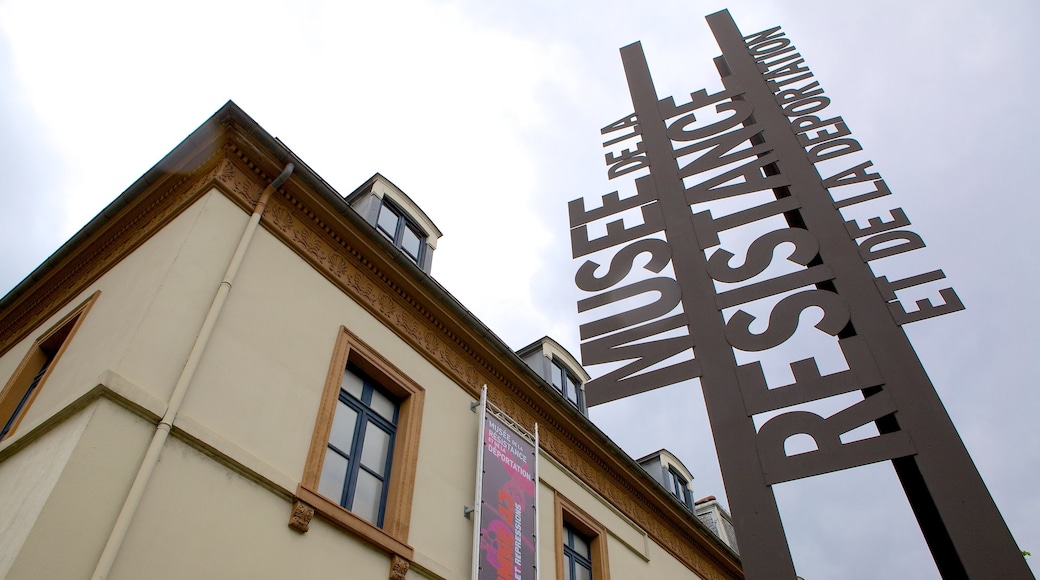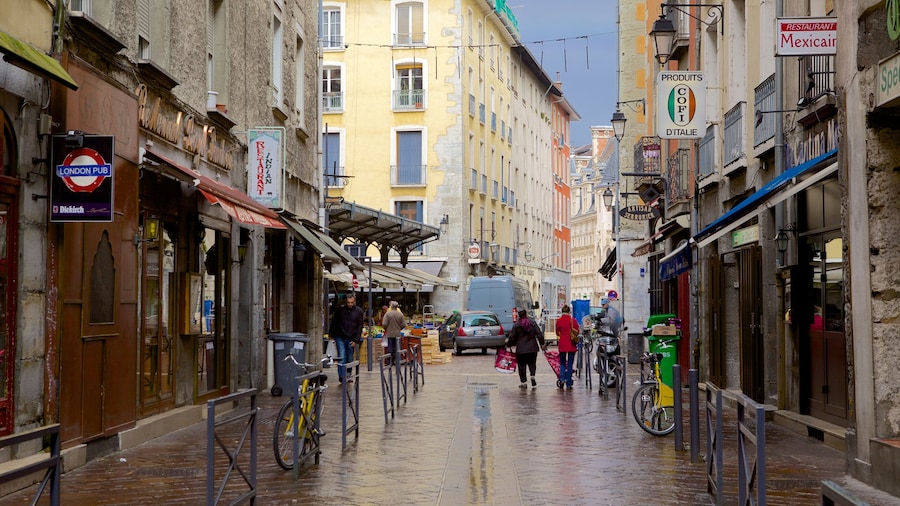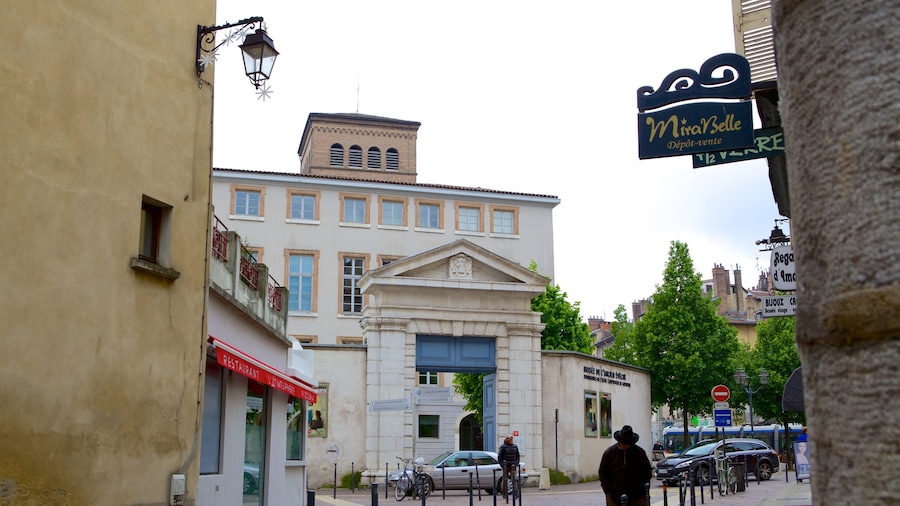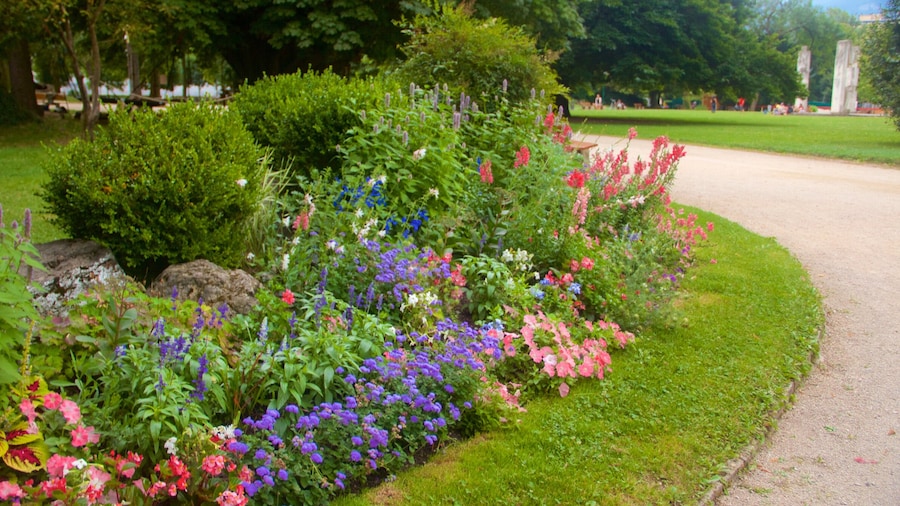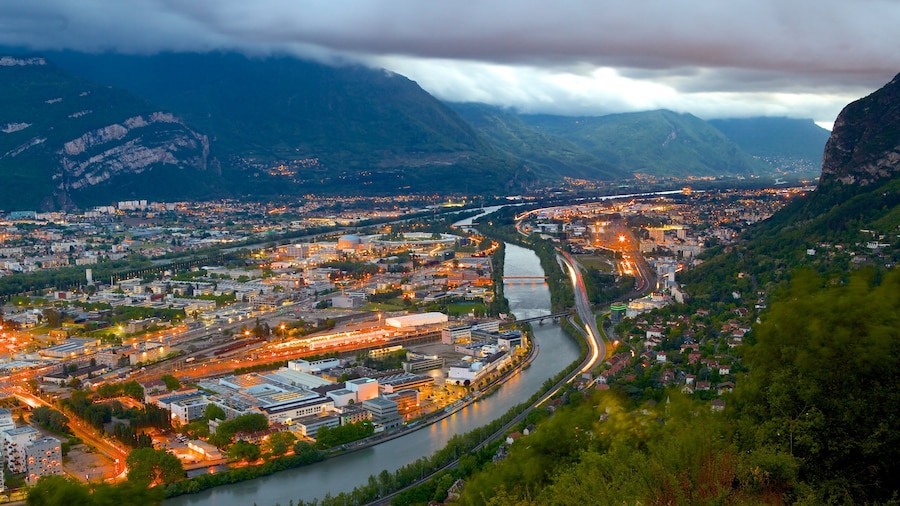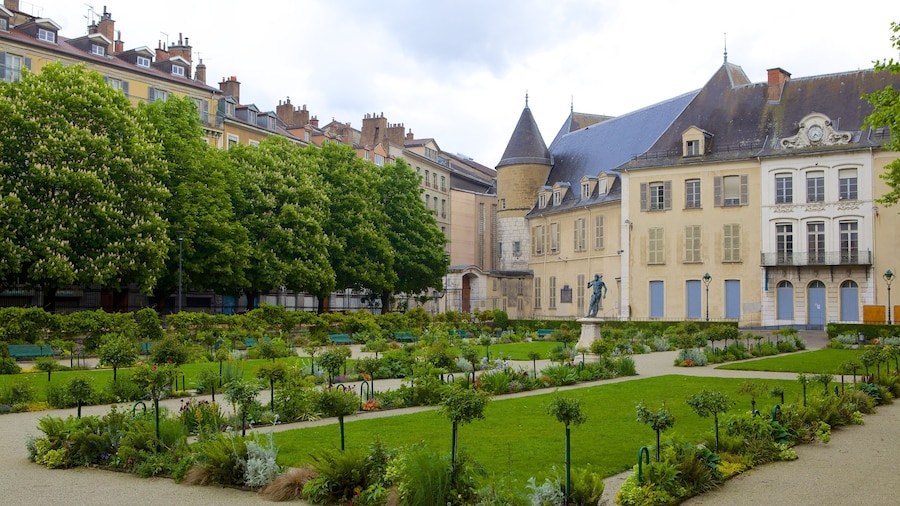The Museum of Resistance and Deportation provides sombre but informative insight into the rise of the French Resistance and the wartime deportation of Jews and other groups to Nazi concentration camps. See some of the more than 5,000 artifacts describing people’s daily struggles against the occupiers. Let these works guide you through life in France during World War II.
During World War II, Grenoble remained part of the free zone until 1942. First Italians occupied the city in 1943, and then Germans ruled until liberation in 1944. Note how the mountains and forests of Grenoble and the surrounding Isère region were ideally secluded locations for the development of the Resistance movement. Grenoble became one of five French cities to be honored with the title of “Compagnon de la Libération” (Companion of the Liberation) in recognition of the efforts of its Resistance fighters.
Opened in 1963, the museum has exhibits laid out across three floors and organised into various themes, tracing the timeline of events during World War II. Most exhibits have both English and French descriptions pick up a pamphlet at the front desk for more detailed explanations.
The story unfolds chronologically as you walk through the eight areas of the museum. Together, the exhibits create a detailed picture of what it was like for those who lived in France during World War II and how the Resistance fought against the occupiers. Take your time examining the models, photos, posters, maps, video clips and other artifacts collected from the war years. The last section of the museum invites visitors to pause for a moment and reflect on the values of the Resistance.
Look for temporary exhibitions and special events which are periodically hosted at the museum. Stop by the documentation centre, where you’ll find an extensive collection of sound archives, photos, films and other works.
Admission to the Museum of Resistance and Deportation is free. Visit on the first Sunday of every month for a guided tour. The museum is located near the city’s Natural History Museum, accessible by either bus or tramway.
